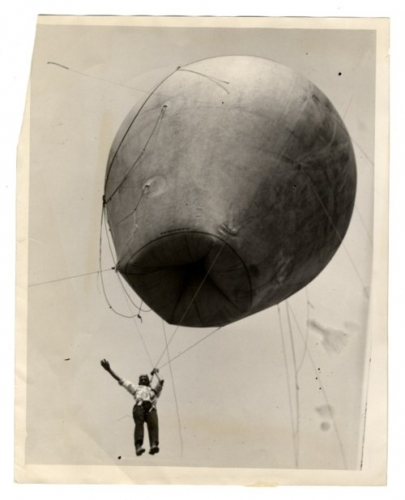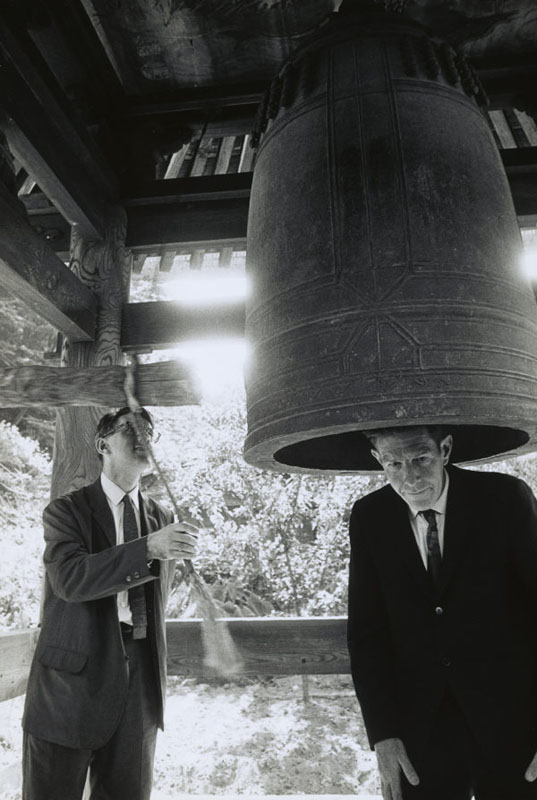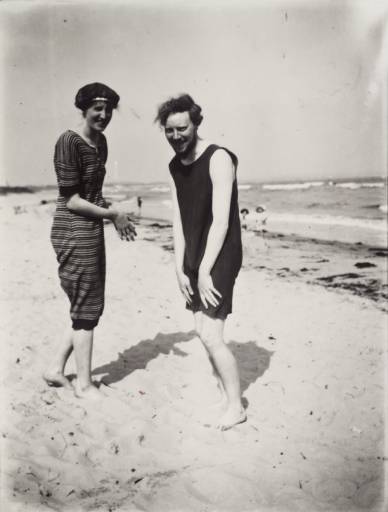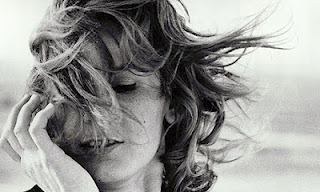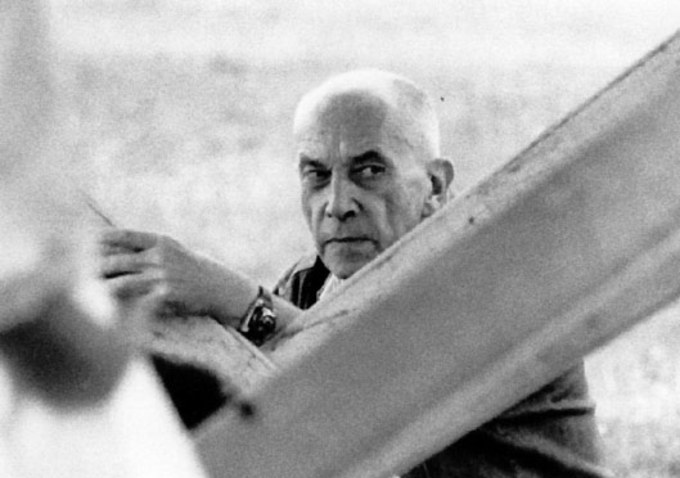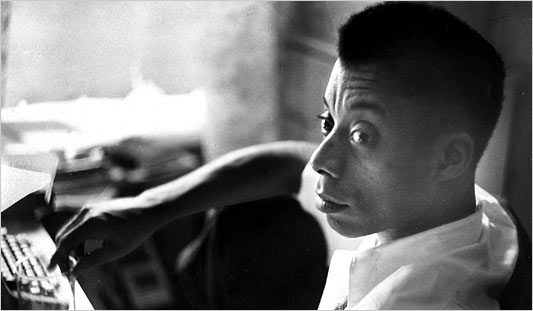October 11, 2012
WordFest
9:30AM. “First Calgary Financial Book Rapport (Gr.1-3).”
Children’s event with Mélanie Watt.
(John Dutton Theatre, Calgary Public Library.)
October 11, 2012
WordFest
1:00PM. Visit to Douglasdale School.
October 12, 2012
WordFest
9:00AM. Visit to East Grey Elementary.
October 13, 2012
WordFest
11:00AM. “Family Reading Circle.”
Children’s event with Jeremy Tankard.
(Fish Creek Library, Calgary.)
October 13, 2012
WordFest
3:30PM. “Exile and Exodus.”
Reading and discussion with Vaddey Ratner and Kim Scott.
(Vertigo Theatre Centre, Studio, Calgary.)
October 14, 2012
WordFest
11:00AM. “The Ties that Bind.”
Reading and discussion with Shree Ghatage, Simonetta Agnello Hornby, Vincent Lam, and J. Jill Robinson.
(The Banff Centre, The Kinnear Centre -KC 203, Banff.)
October 15, 2012
Vancouver International Writers Festival
6PM. Annual Literati Gala.
(Fairmont Waterfront.)
October 16, 2012
Vancouver International Writers Festival
8:00PM. “Grand Openings: The Alma Lee Opening Night Event.”
Reading with Rawi Hage, Marie Darrieussecq, Junot Díaz, Nuruddin Farah, Simonetta Agnello Hornby and Gail Jones.
(Performance Works, 1218 Cartwright Street.)
October 18, 2012
Vancouver International Writers Festival
10:00PM. “High and Low and All Around.”
Children’s event with Sheree Fitch.
(Improv Centre, Vancouver.)
October 27, 2012
International Festival of Authors
2:00PM. Reading with Bill Gaston, Rawi Hage, and Tanis Rideout
(Lakeside Terrace, Harbourfront.)
October 28, 2012
International Festival of Authors
2:00PM. Roundtable (Reading Like a Writer) with James Clarke, Christine Pountney and Susan Swan. Antanas Sileika hosts and moderates.
(Lakeside Terrace, Harbourfront.)
November 8, 2012
Brampton Public Library and the Peel Art Gallery, Museum and Archives (PAMA).
7:00 PM. Public talk.
November 16-18, 2012.
Salon du Livre de Montréal.
More details to come.
February 7, 2013.
The Eighth Annual Book Lover’s Ball.
(The Fairmont Royal York, Toronto.)
March 19, 2013
Heliconian Club Literary Lecture Series.
7:30PM. Public talk.
(Toronto Heliconian Club, 35 Hazelton Avenue.)
March 27, 2013
The Kama Reading Series. (Fundraiser for World Literacy Canada.)
6:30PM. Reading with Safia Fazlul, Eva Stachniak, and Richard B. Wright.
(The Park Hyatt Toronto.)
